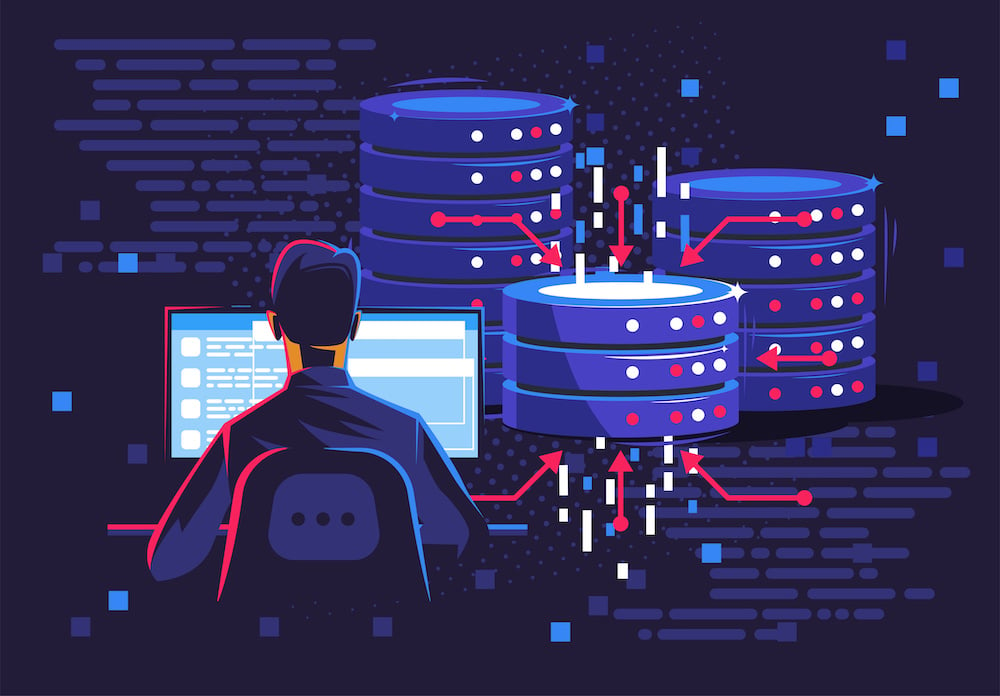Solid-state disks (SSDs) continue to show remarkable flexibility when it comes to design features and form factors, leading many enterprises to wonder whether traditional spinning media has a future in the data center after all.
The past few months have seen a steady stream of new devices, each sporting novel new ways to integrate high-speed storage into legacy architectures or foster entirely new storage architectures that promise even greater speed, higher capacity or both.
The single largest SSD was recently released by Viking Technologies, a unit of Sanmina Corp. based out of San Jose, Calif. The Silo SSD tops out at a whopping 50 TB, making it the top dog in the company’s Ultra-High Capacity (UHC) family of drives. The device is built on a 3.5-inch form factor and features a standard SAS interface, allowing users to easily migrate existing storage infrastructure to Flash. The drive also lowers active power usage to about 16 watts, meaning it can cut power, space and cooling requirements by up to 80 percent per TB, while still providing an overall capacity increase per rack.
For SATA environments, Intel is offering a smaller capacity drive but one that is built around the 3D Triple-Layer Cell (TLC) NAND architecture that promises greater density and endurance than earlier single- and multi-layer approaches. The new 545s series will initially feature a 64-layer design using a 256 Gb die, while future versions will use a 512 Gb die to push capacity to 2 TB or more. Using an SMI controller, the device supports up to four channels on a native 6 Gbps SATA interface, plus another 512 MB of DDR3 DRAM for cache. Intel rates the drive for 72 terabytes written (TBW) per 128 BG, allowing the company to warranty it for five years.
Meanwhile, Toshiba is touting a new memory system that utilizes four bits per cell, which it has dubbed quadruple-level cell (QLC), naturally. The technology will show up in the upcoming BiCS Flash device that will offer upwards of 768 Gb per die that should allow a 16-die stacked architecture to enable 1.5 TB. The device will target a range of enterprise applications, but Toshiba is confident that it can get the price point down to consumer levels as well.
Drive makers are also still making good use of the PCIe 3.0 interface, particularly when coupled with the newer NVMe spec. Memblaze recently launched a new series of PBlaze5 drives that utilize the interface combo in conjunction with Micron’s 3D eTLC memory architecture and the Microsemi Flashtec controller. The result is an x8 PCIe 3.0 drive on a 2.5-inch form factor that holds up to 11 TB of data and delivers random reads of 1 million IOPS. Designed for server-side deployments, the drive features 4k ECC error correction, enhanced queue management optimization, and a host of other enterprise-class reliability and security enhancements.
There is little doubt that as the enterprise starts to lean more heavily on Big Data and the Internet of Things to maintain competitiveness in a digital economy, storage speed and capacity will have to increase dramatically. SDDs fill that demand while also keeping the lid on both the cost and size of storage infrastructure.
Hard disk drives aren’t quite ready for the pasture yet, but in terms of supporting the new generation of critical workloads, SSDs are the wave of the future.
Arthur Cole writes about infrastructure for IT Business Edge. Cole has been covering the high-tech media and computing industries for more than 20 years, having served as editor of TV Technology, Video Technology News, Internet News and Multimedia Weekly. His contributions have appeared in Communications Today and Enterprise Networking Planet and as web content for numerous high-tech clients like TwinStrata and Carpathia. Follow Art on Twitter @acole602.










